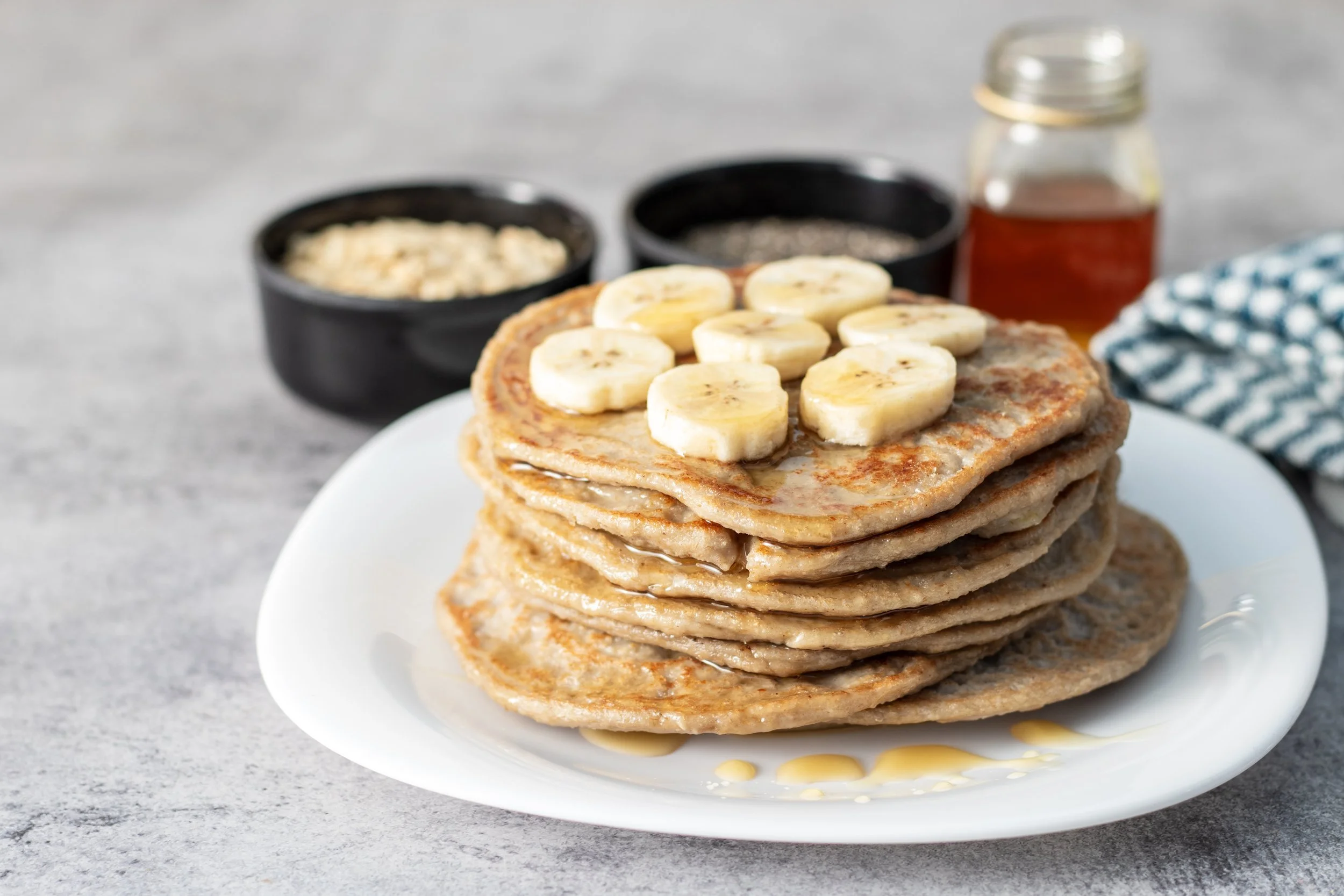Fasting, Feasting and Faith
Banana Pancakes served on Pancake Tuesday
Faith is usually with us from birth and should always be considered when developing treatment plans for Christian, Jewish and Muslim clients especially during the holy months of March and April 2025 where Lent, Passover and Ramadan are observed. Periods of fasting, abstinence and feasting are common with each of these faiths. There is a deep connection to ancient traditions and stories with reference to the lunar cycle to determine these significant times.
Having been raised a Catholic, we observed Lent through fasting, abstinence and giving. Going without our favourite food made us more aware of what we’re eating and feeling grateful for what we had. Easter was always at my aunt’s where we’d have roast lamb and vegetables and we loved watching my aunt, dad and great aunts play cards, laugh and tell stories.
Ramadan: 1 March-31 March 2025
Iftar meal breaking the fast during Ramadan
Ramadan is the ninth month of the Islamic lunar calendar commemorating the revelation of the Qur’an. It commences from the time of the new moon appearing with the lunar cycle determining evening and morning prayer times.
During Ramadan, Muslims will go without food or drink from sunrise to sunset. This is a time for spiritual connection, prayer, family and abstinence. Before dawn a light meal is shared before prayer and work or school. After sunset there is prayer and the fast is broken with the Iftar meal commencing with dates and water/tea then the feasting commences with friends and family gathering together. What’s on the table depends on your culture in Australia: pide, baklava, nasi goreng, kolak, biryani, samosas, and kunafeh are favourites.
Ramadan ends with Eid al-Fitr when children receive clothing, money and gifts and the whole community gathers to celebrate with lots of food.
Lent: 5 March - 20 April 2025
Easter feast table
Shrove (Pancake) Tuesday (4 March 2025) was always a treat because we’d get pancakes for breakfast and it wasn’t even the weekend! Following this was Ash Wednesday which marked the start of Lent and is a day of fasting (one main meal and 2 snacks) and abstaining from eating meat. The 40 day period of Lent symbolises Jesus’ time fasting in the desert where his faith was tested. Some Christian faiths observe Lent through an act of penance: prayer, fasting or giving. On Fridays during Lent Catholics will abstain from eating meat and on Good Friday fasting and abstaining from meat is observed.
The Lenten period ends at sundown on Maundy Thursday (17 April 2025) marking the Passion of Christ: the Last Supper with his disciples, his crucifixion on Good Friday, entombment then resurrection on Easter Sunday. During this time, Christians will attend mass, undertake Reconciliation and renew their faith - it’s common to have baptisms during the Easter services.
The date of Easter Sunday is determined by the first full moon after the Equinox. It is a period of feasting where lamb is traditionally a feature, and lots of chocolate! Faith is renewed after a period of penance and devotion.
Passover (Pesach): 12-20 April 2025
Passover meal
In the Jewish faith, the Passover (Pesach) is an 8 day celebration of the freedom of the Jewish people from Egypt starting on the evening before 15 Nissan based on the lunar cycle of the Jewish calendar.
The first 2 days and last 2 days are for Seder meals where candles are lit at night and a 15 stage feast is enjoyed with a number of rituals while telling the story of the Exodus of the Jews from Egypt. The meal features four cups of wine, matzah, bitter herbs, chicken soup and gefilte fish among other things.
During these days no-one drives, works, writes or switches on or off electrical devices. The restriction on chametz (leavened grain) starts the day before Passover when there is a ceremonial clearing of any products containing wheat, barley, oats, rye, spelt or grain from the house.
Christian, Jewish and Muslim faiths use food as a way of observing significant moments in their faith ensuring traditions are passed on to the younger generation. Fasting is used to symbolise hardship, devotion and endurance while feasting is synonymous with celebrating with family and friends, renewal of faith and gratitude.




